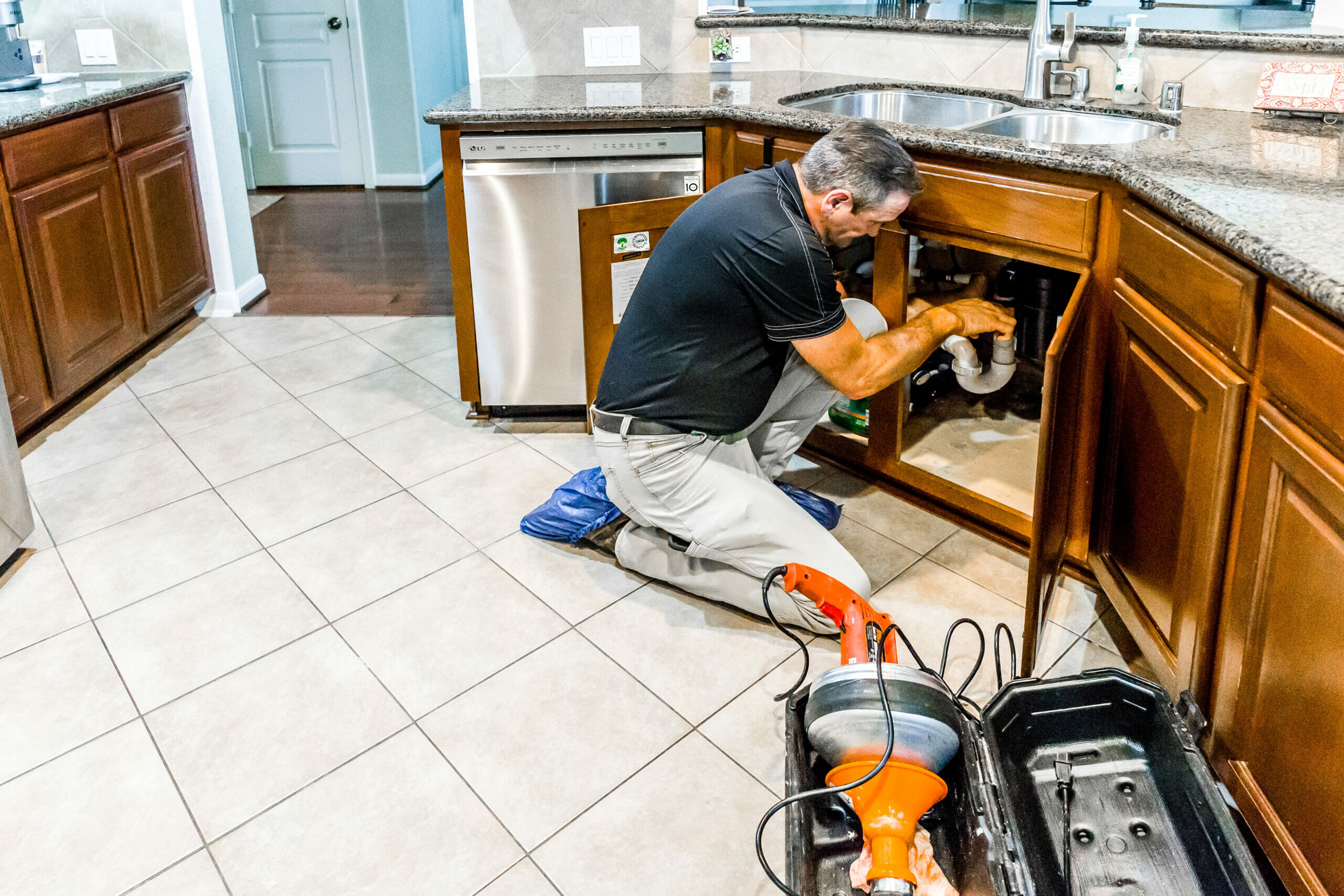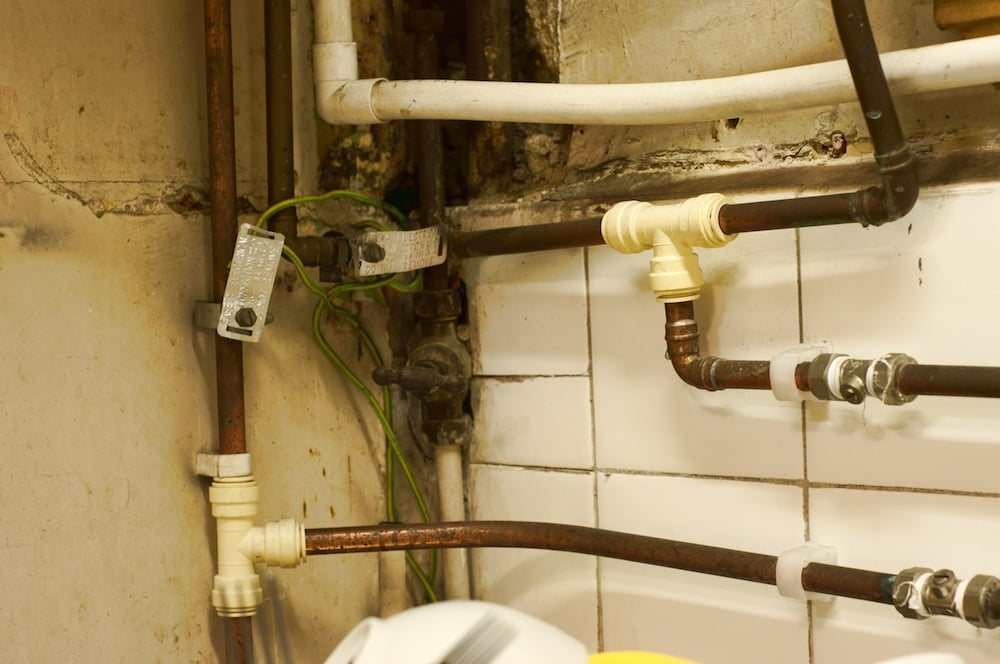Advice for Managing Plumbing in Older Homes: Guidelines
Advice for Managing Plumbing in Older Homes: Guidelines
Blog Article
How do you really feel with regards to Plumbing Issues in Older Properties and How to Fix Them?

Older homes usually come with charm, personality, and history, however they can also bring a host of pipes issues. Whether you're managing aging pipelines, low tide stress, or leaks, recognizing just how to deal with these usual problems is vital to preserving a risk-free and useful home. In this guide, we'll check out the regular plumbing difficulties faced by older homes and supply practical services to maintain your pipes in top shape.
Understanding Typical Pipes Problems
Aging Pipelines
One of the most usual problems in older homes is maturing pipes. Depending upon the age in which your home was developed, the pipelines could be made from products that have worn away over time, such as galvanized steel, cast iron, and even lead. These materials can rust, become weak, or develop leaks, resulting in water damage and prospective carcinogen.
Low Tide Stress
If you're experiencing low water pressure, it could be due to mineral deposits, rust inside the pipes, or old fixtures that are no longer working effectively. This can be a significant aggravation, specifically in locations like showers and sinks.
Dripping Pipelines
Leakages are an additional constant concern in older homes, usually caused by rusty or worn-out pipelines. Also tiny leakages can lead to considerable water damages, mold and mildew growth, and boosted water costs otherwise resolved without delay.
Obsolete Fixtures
Outdated plumbing fixtures such as faucets, bathrooms, and showerheads not only look old however may likewise be much less effective, susceptible to leakages, or incompatible with modern plumbing standards.
Pipe Corrosion
Corrosion is a typical trouble in older pipelines, specifically those made from galvanized steel or cast iron. Corroded pipes can limit water circulation, create staining, and at some point lead to leaks or pipe ruptureds.
Examining the Condition of Your Plumbing
Examining Visible Pipelines
Beginning by checking any type of noticeable pipelines in your house, such as those in basements, crawl spaces, or under sinks. Search for signs of rust, leaks, or rust, which can indicate underlying problems.
Looking for Leaks
Check for leaks by inspecting locations around taps, bathrooms, and under sinks. You can also check your water meter prior to and after a period of no water make use of to find surprise leaks.
Water Top Quality Screening
Older pipelines can influence the high quality of your water. Conduct a water quality examination to look for contaminants such as lead, corrosion, or various other pollutants that may be presented by aging pipes.
Solutions for Usual Plumbing Issues
Changing Aging Pipes
If your home has old, weakening pipelines, think about replacing them with modern-day products like copper or PEX. This can be a considerable investment, but it will certainly avoid future concerns and improve the security and integrity of your plumbing system.
Taking Care Of Low Water Pressure
To deal with low water stress, beginning by cleaning or changing old fixtures and getting rid of mineral accumulation in the pipelines. If the issue persists, it might be necessary to change sections of corroded pipelines.
Repairing and Replacing Leaking Pipelines
For little leakages, you can use pipe clamps or epoxy putty as a momentary repair. Nonetheless, it's best to change dripping pipelines entirely to prevent more damage.
Updating Components
Upgrading old components to modern-day, water-efficient designs can improve your home's plumbing efficiency and decrease water consumption. Try to find components with the WaterSense label for the best effectiveness.
Managing Pipe Rust
If your pipelines are corroded, replacing them with corrosion-resistant products like copper, PVC, or PEX is the best option. Normal inspections and water high quality upkeep can aid stop better corrosion.
When to Call an Expert
While some plumbing problems can be taken care of with DIY services, there are times when it's ideal to call in an expert. If you're taking care of significant leakages, extensive corrosion, or are uncertain about the condition of your pipes, a certified plumbing professional can give expert analysis and fixing.
Preventive Maintenance Tips
Regular Inspections
Frequently check your pipes system for signs of wear and tear. Catching issues early can avoid costly repair work down the line.
Water Pressure Policy
Guarantee your water stress is within the suggested variety to prevent worrying your pipes and fixtures. A plumbing technician can mount a stress regulator if needed.
Water Quality Maintenance
Mount water filters or softeners if your water quality is poor. This can shield your pipelines and components from damage caused by hard water or contaminants.
Proactive Pipe Substitute
If your home has older pipelines, think about proactive replacement before major issues arise. This can conserve you from emergency situation repair services and water damage.
Final thought
Handling plumbing concerns in older homes needs a combination of vigilance, preventative upkeep, and prompt upgrades. By comprehending the common obstacles and understanding when to seek specialist aid, you can ensure your plumbing system continues to be practical and dependable for years ahead.
Common Plumbing Issues in Older Homes and How to Fix Them
Owning an older home in Australia comes with its unique charm and a set of challenges, especially when it comes to plumbing. The Sunshine Coast has many older properties that can harbour plumbing problems that aren t just inconvenient but potentially costly. Here s a look at some common plumbing issues in older homes and expert advice on how to handle them.
Outdated Piping Materials
Many older homes were built with galvanised steel, cast iron, or even lead pipes, materials that are far from ideal by today s standards. Galvanised pipes are prone to corrosion and clogging, while lead pipes pose serious health risks.
How to Fix:
Replacing old pipes is a job for a professional. Upgrading to copper or PVC piping not only enhances water quality and flow but also increases the property s safety and value. If you suspect your home has outdated materials, a licensed plumber can conduct a thorough inspection and recommend the best course of action.
Corrosion and Pipe Degradation
Over time, exposure to water and minerals can cause pipes to corrode, leading to leaks, bursts, and water contamination. Corrosion is especially common in homes over 50 years old.
How to Fix:
Regular inspections can catch early signs of corrosion. If corrosion is found, the affected section of piping often needs to be replaced. For homes with extensive corrosion, a complete plumbing overhaul might be necessary. It s crucial to consult with a plumbing expert to understand the extent of the issue.
Tree Root Intrusion
Older neighbourhoods usually have mature trees whose roots can intrude into pipe lines, causing blockages or damage. This is particularly problematic for sewer lines, where roots seek out water sources.
How to Fix:
A plumber can use a specialised camera to inspect sewer lines for root intrusion. If roots are a problem, methods like root cutting or hydro-jetting can clear the obstruction. In severe cases, part of the pipe may need replacing. Consider root barriers around the piping to prevent future issues.
Inadequate Water Pressure
Low water pressure in older homes can be due to various factors, including corroded water lines, sediment build-up in pipes, or outdated fixtures.
How to Fix:
First, check if the low pressure is isolated to one area or throughout the house. Replacing old fixtures can sometimes resolve the issue. However, if the problem is more widespread, it might be due to sediment or corrosion. Flushing the system or replacing the affected pipes usually restores normal pressure. Again, a professional assessment is advisable.
Outdated Fixtures
Older homes often feature fixtures that are not only visually dated but functionally inefficient. This includes everything from toilets and taps to showerheads and washing machine hoses.
How to Fix:
Updating these fixtures can improve both water efficiency and the aesthetic appeal of your home. Modern fixtures are designed to conserve water, which can significantly reduce your water bill and lessen your environmental impact.
Conclusion
Maintaining the plumbing in an older home requires a proactive approach. Regular checks and updates are key to preserving these beautiful properties. If you re facing plumbing issues in your older home, it s best to call on experienced professionals like Green & Gold Plumbing & Gas. With the right expertise, even the most daunting plumbing problems can be resolved, ensuring that your home s character is maintained while its functionality is enhanced.
https://gandgplumbing.com.au/common-plumbing-issues-in-older-homes-and-how-to-fix-them/

Do you like more info about Plumbing Problems In Old Homes? Put a short review below. We'd be delighted to know your responses about this post. In hopes that you come back again before long. If you please pause to promote this content if you enjoyed reading it. I recognize the value of reading our article about Plumbing Problems In Old Homes.
Schedule Estimate Report this page